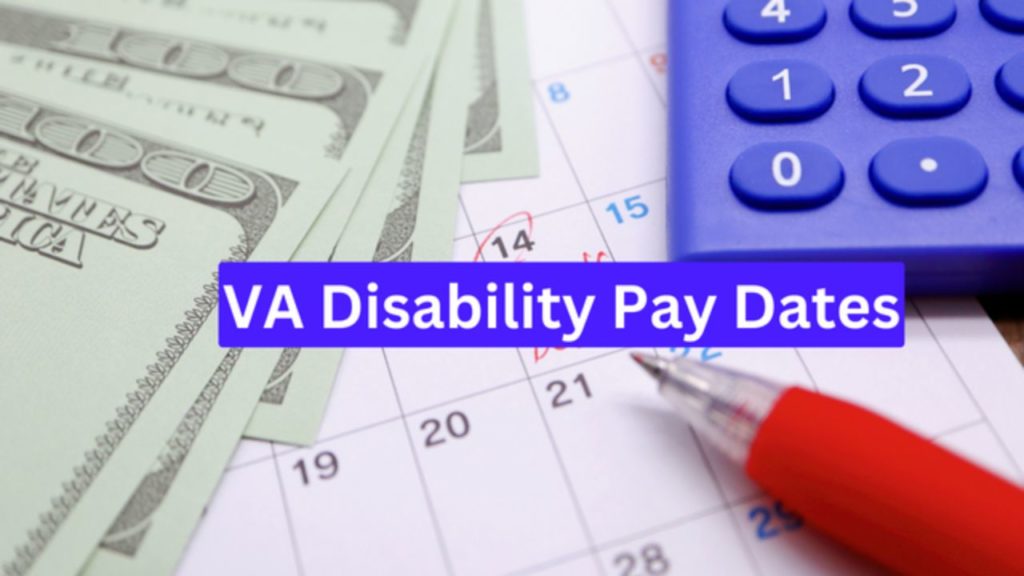VA Disability Benefits: Veterans Affairs (VA) continuously updates the presumptive conditions that military personnel may suffer after exposure to one of the so-called burn pits in war zones.
Table of Contents
In Iraq and Afghanistan, burn pits were common waste disposal practices at military sites outside the United States.
Smoke from these pits contains substances that can have serious health effects over time.
The VA has added 23 presumptive conditions for burn pit exposure in its most recent update to the PACT Act law that expands the government’s health care and benefits for veterans exposed to burn pits.
VA disability benefits eligibility
If you have a service-connected condition, you may be eligible for VA disability compensation.
A service-connected condition is an illness or injury caused or aggravated by active military service.
Also Read: VA 90 Disability Benefits: What Does a 90 Percent VA Disability Entitle You To?
23 Presumptive conditions
As a result of the PACT Act 2022, the VA has added the following presumptive conditions to the list:
- Diagnosis of asthma (must be after discharge)
- Chronic Bronchitis
- Chronic Obstructive Pulmonary Disease (COPD)
- Constrictive or obliterative bronchiolitis
- Emphysema
- Granulomatous disease
- Interstitial lung diseases
- Pleuritis
- Pulmonary Fibrosis
- Sarcoidosis
- Chronic Sinusitis
- Chronic Rhinitis
- Glioblastoma
- Head cancer
- Neck cancer
- Respiratory cancer (such as lung, bronchus, larynx, or trachea)
- Gastrointestinal cancer
- Reproductive cancer
- Lymphoma
- Lymphatic cancer
- Kidney cancer
- Brain cancer
- Melanoma
- Pancreatic cancer
In order to receive a disability rating from the VA, an applicant must prove that their condition was caused by their military service.
The VA, however, automatically assumes that certain conditions were caused by the applicant’s service if they are presumptive.
To receive a disability rating for any of the 24 conditions listed in the PACT Act, you must obtain a medical diagnosis and meet the service requirements.
Also Read: Extended Repayment Plans for Student Loans: Eligibility, Advantages And Disadvantages of This Plan



